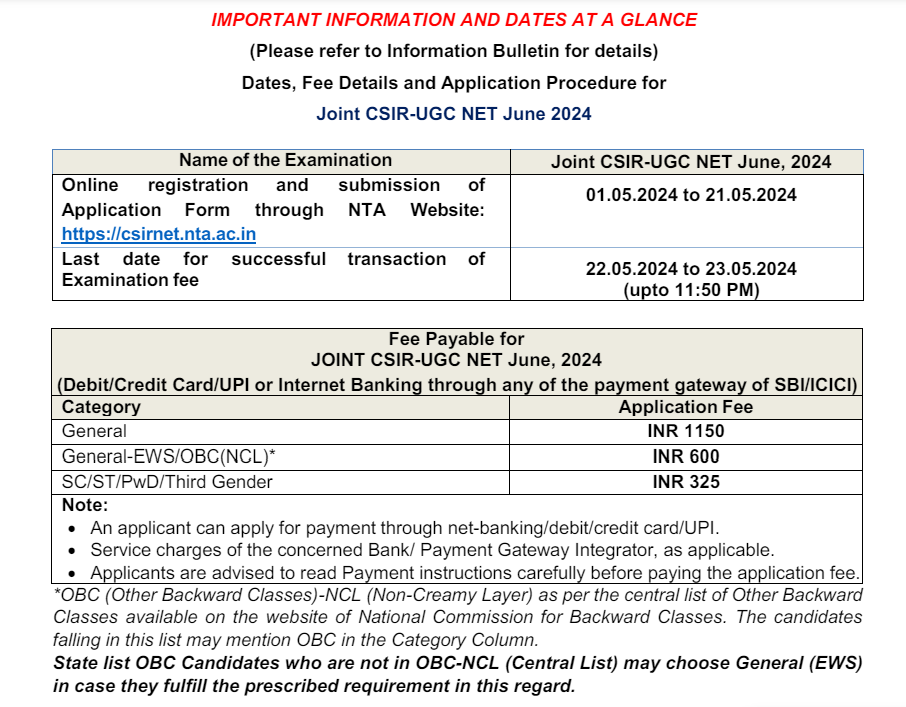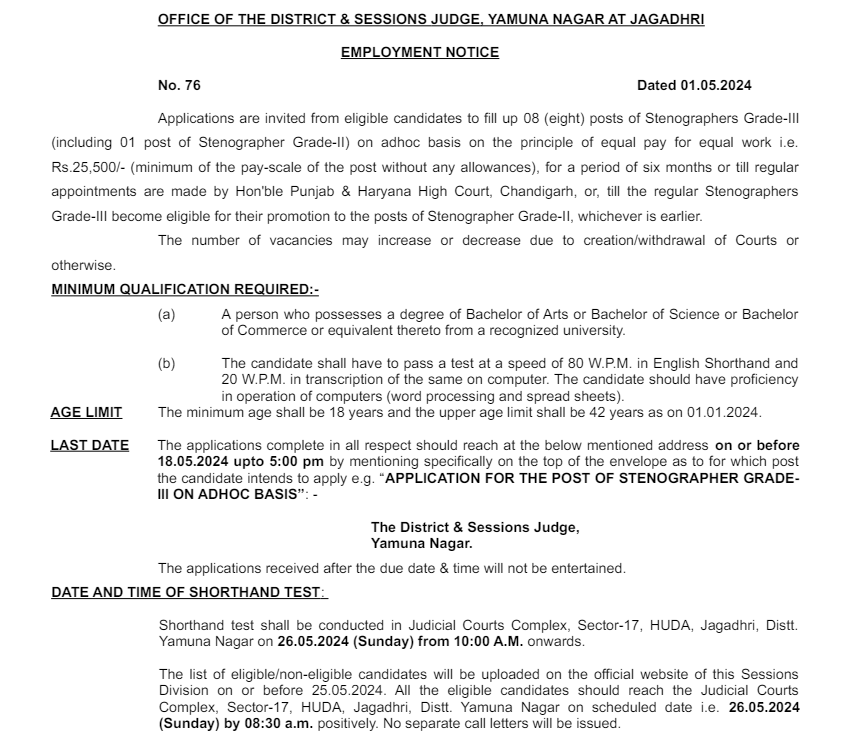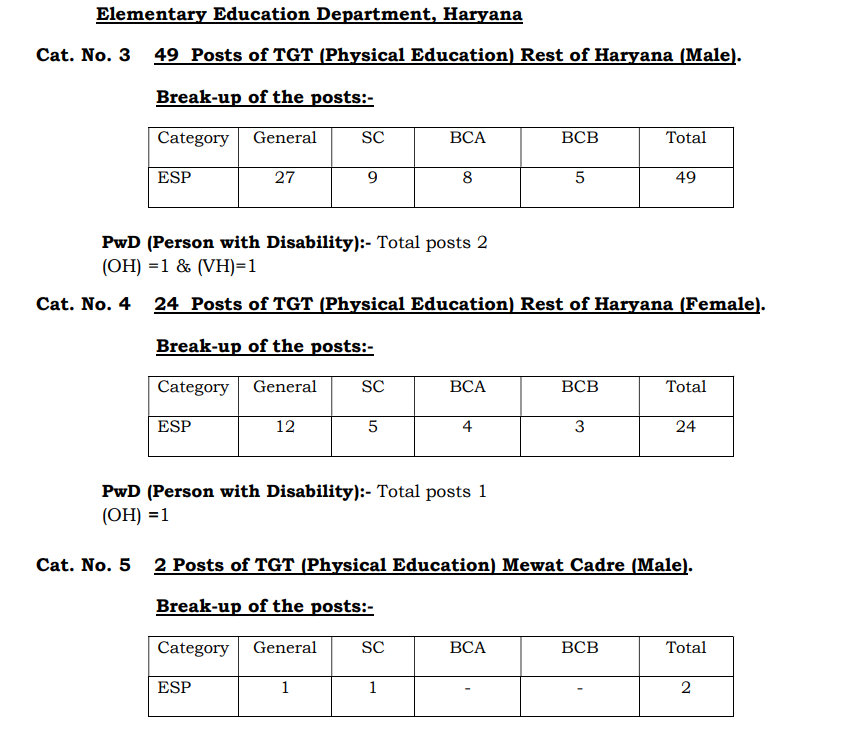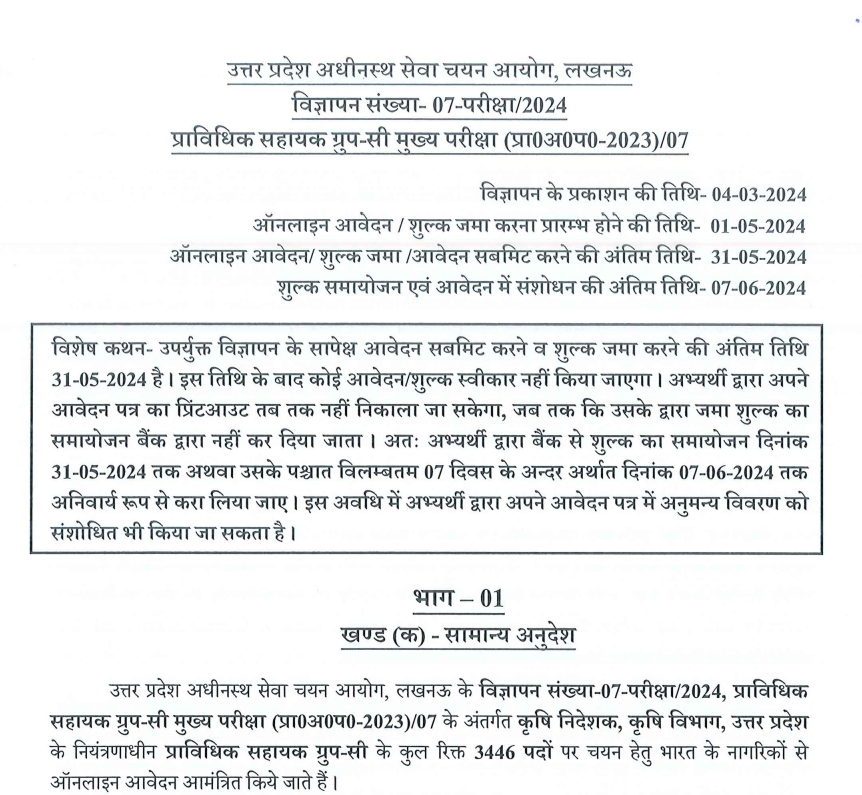DFCCIL Executive Electrical 2018

Category –EE Online Test
Telegram-Join Us On Telegram
Attempt Free DFCCIL Executive Electrical 2018 Here. Read The Important Electrical MCQ From Below.
DFCCIL Executive Electrical 2018 Solved Question Paper Part Two-Electronics
Questions-1.How many diode are used to construct half wave, full wave and bridge rectifier circuits respectively.
A.2,1,4
B.2,4,1
C.4,1,2
D.1,2,4
Answer-D
Solution-In Half Wave Rectifier, when AC supply is applied at the input, positive half cycle appears across the load, whereas the negative half cycle is suppressed. This can be done by using the one semiconductor PN – junction diode.
In Full Wave Rectification, when the AC supply is applied at the input, during both the half cycles (i.e., positive as well as negative) current flows through the load in the same direction. This can be achieved by using two crystal diodes. The two diodes conduct the current alternately.
In Bridge type single phase rectifier uses four individual rectifying diodes connected in a closed loop “bridge” configuration to produce the desired output.
DFCCIL Executive Electrical 2018
Questions-2.If the resolution of a digital to analog converter is approximately 0.4% of its full scale range, then it is a/an
A.16-Bit converter
B.10-Bit converter
C.8-Bit converter
D.12-Bit converter
Answer-C
Solution-n-bit DAC Resolution=2n − 1=2⁸-1=256-1=255 or 100/255%=0.4%
Questions-3.The product of the two binary numbers 011 and 110 is
A.01110
B.11001
C.10010
D.11100
Answer-C
Solution-Number 1 in the decimal system
Binary 011 = 3 (Decimal)
Number 2 in the decimal system
Binary 110 = 6 (Decimal)
Their product
3 * 6 = 18
Result in binary form
18 (Decimal) =10010
DFCCIL Executive Electrical 2018
Questions-4.Among the following which is a fix frequency oscillator
A. Crystal oscillator
B. Phase shift oscillator
C. Hartley oscillator
D. Colpitts oscillator
Answer-A
Solution-Crystal oscillators are oscillators where the primary frequency determining element is a quartz crystal. Because of the inherent characteristics of the quartz crystal the crystal oscillator may be held to extreme accuracy of frequency stability. Temperature compensation may be applied to crystal oscillators to improve thermal stability of the crystal oscillator.
Crystal oscillators are usually, fixed frequency oscillators where stability and accuracy are the primary considerations. For example it is almost impossible to design a stable and accurate LC oscillator for the upper HF and higher frequencies without resorting to some sort of crystal control. Hence the reason for crystal oscillators.
Questions-5.The circuit which produces the best stabilization of an operating point is___
A. Base bias
B. Collector feedback
C. Emitter bias
D. Voltage divider
Answer-D
Solution-Voltage divider biasing configuration is the most widely used transistor biasing (stabilization of an operating point) method, as the emitter diode of the transistor is forward biased by the voltage dropped across resistor . Also, voltage divider network biasing makes the transistor circuit independent of changes in beta as the voltages at the transistors base, emitter, and collector are dependent on external circuit values.
DFCCIL Executive Electrical 2018
Questions-6.The output and input voltages of an emitter follower have a phase difference of___
A.0⁰
B.270⁰
C.90⁰
D.180⁰
Answer-A
Solution-
| COMMON COLLECTOR, EMITTER FOLLOWER TRANSISTOR AMPLIFIER CHARACTERISTICS | |||
|---|---|---|---|
| PARAMETER | CHARACTERISTICS | ||
| Voltage gain | Zero | ||
| Current gain | High | ||
| Power gain | Medium | ||
| Input / output phase relationship | 0° | ||
| Input resistance | High | ||
| Output resistance | Low | ||
Questions-7.A+AB get simplified to
A.AB
B.B
C.A+B
D.A
Answer-D
Solution-A + AB = A(1+B)=A*1=A ( According to Boolean Algebra 1 + B = 1)
DFCCIL Executive Electrical 2018
Questions-8.In the certain transistor the emitter current is 1.04 times the collector current .If the emitter current is 12 mA, calculate the base current
A.142 μA
B.11.538 mA
C.642 mA
D.11.538 μA
Answer-A
Solution-Given Ie=12 mA And Ie=1.04 Ic from these Ic=12/1.04=11.538 mA
Ie=Ib+Ic or Ib=Ie-Ic=12-11.538=461μA (No option given)
Questions-9.State the respective ripple factor and efficiency of a full wave rectifier.
A.0.40,80%
B.1.21,40.1%
C.0.81,48%
D.0.48,81.2%
Answer-D
DFCCIL Executive Electrical 2018
Questions-10.State the octal equivalent of hexa decimal number (B34)₁₆.
A.(6454)₈
B.(4564)₈
C.(5464)₈
D.(5645)₈
Answer-C
Solution-Hexa Decimal Number B34 in the binary system
B 3 4
1011 0011 0100
Taking 3 bits equivalent (Left to Right)
101 100 110 100
5 4 6 4 (Octal equivalent of binary)
Questions-11.Zener diodes are used as_____
A. Voltage regulators
B. Amplifiers
C. Oscillators
D. Rectifiers
Answer-A
Solution-Zener diodes are widely used as voltage references and as shunt regulators to regulate the voltage across small circuits.
DFCCIL Executive Electrical 2018
Questions-12.Sate the correct condition for transistor to operate in cut off region.
A. Emitter base junction: forward bias and Collector base junction: forward bias
B. Emitter base junction: reverse bias and Collector base junction: forward bias
C. Emitter base junction: forward bias and Collector base junction: reverse bias
D. Emitter base junction: reverse bias and Collector base junction: reverse bias
Answer-D
Solution-
| EMITTER JUNCTION | COLLECTOR JUNCTION | REGION OF OPERATION |
|---|---|---|
| Forward biased | Forward biased | Saturation region |
| Forward biased | Reverse biased | Active region |
| Reverse biased | Forward biased | Inverse active region |
| Reverse biased | Reverse biased | Cutoff region |
Questions-13.Voltage regulation is given by__
VNL: Voltage at no load
VFL: Voltage at full load
A.((VNL+VFL)/(VNL))*100%
B.((VNL-VFL)/(VNL))*100%
C.((VNL-VFL)/(VFL))*100%
D.((VNL+VFL)/(VFL))*100%
Answer-C
Solution-Voltage regulation of any device is the difference between the No-Load and Full-Load voltage with respect to its Full-Load voltage.
Voltage Regulation=((VNL-VFL)/(VFL))*100%
DFCCIL Executive Electrical 2018
Questions-14.The charges carrier which have greatest mobility are the____
A. Electrons
B. Positive ions
C. Holes
D. Negative ions
Answer-A
Solution-The mobility is proportional to the carrier relaxation time and inversely proportional to the carrier effective mass.
Questions-15.The ideal value of CMRR is
A.-∞
B.1
C.0
D.∞
Answer-D
Solution-Common Mode Rejection Ratio(CMRR) is the ratio of differential gain and the common mode gain. For ideal op-amp, the value of CMRR is infinite, but for practical op-amp’s the value of CMRR used to be in the range of 80 to 100 dB
DFCCIL Executive Electrical 2018
Questions-16.Sate the respective decimal equivalent hexa decimal equivalent of (65)₈
A.53,35
B.45,65
C.65,46
D.35,53
Answer-A
Solution-Octal to Decimal
65 = (6 × 8¹) + (5 × 8⁰) = 53
Now we convert the above decimal to hexadecimal
16 | 53
16 | 48 –5
3
So hexadecimal 35
Questions-17.The lower and upper cut off frequencies are also called as____ frequencies.
A. Half resonance
B. Half power
C. Resonance
D. Side band
Answer-B
Solution-Half power frequency-It is the cut off frequency or 3 dB frequency at which power is half of its maximum value. It is called 3dB frequency because if you convert 1/2 into dB it gives 3(10 log(1/2)=-3dB ) and band of frequencies between the upper and lower 3dB points is called as bandwidth of the system.
DFCCIL Executive Electrical 2018
Questions-18.The binary equivalent of decimal 22 is__
A.10110
B.10001
C.11010
D.11111
Answer-A
Solution-
(22)10 = (10110)2
Step by step solution
Step 1: Divide (22)10 successively by 2 until the quotient is 0
22/2 = 11, remainder is 0
11/2 = 5, remainder is 1
5/2 = 2, remainder is 1
2/2 = 1, remainder is 0
1/2 = 0, remainder is 1
Step 2: Read from the bottom (MSB) to top (LSB) as 10110. This is the binary equivalent of decimal number 22 (Answer).
DFCCIL Executive Electrical 2018
Click Here To Download DFCCIL Executive EE 2018 Solved Questions Part Two PDF














